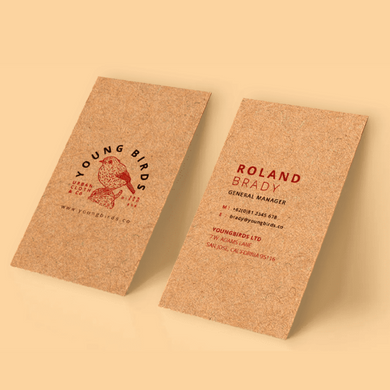Why and How to Practice Sustainable Printing?
What is sustainable printing? It is the application of green innovations in the three main elements of the printing process (printing technology, ink, and printing materials) in order to minimize its carbon footprint. These technologies help to reduce pollution, waste, and energy consumption during production. They also reduce printing costs while preserving the planet.
Printing Technology
More eco-efficient printing technologies are on the rise. Innovators are trying to improve or develop fast and efficient printing methods that consume less energy and resources and produce less waste.
Waterless printing, for example, is an improvement over traditional offset printing which uses water at the time of printing. It produces VOCs or Volatile Organic Compounds and other hazardous substances in the form of waste. Waterless printing eliminates this. Instead of water, this method uses a layer of silicone to repel the ink. This technique does not release VOCs, reduces operating time and waste, and provides a wider color gamut and better image definition.
Green Inks
Petroleum- or plastic-based inks contain harmful compounds and chemicals that harm the environment. Ecological printing has found a non-polluting alternative to ecological inks. These inks use organic components like soy or vegetables in their manufacture.
Soy-based ink is a fantastic alternative that replicates the effects of petroleum-based inks but without the negative environmental side effects. Some say it produces brighter, more vibrant colors than other inks. Another well-known eco-friendly ink comes from vegetables. However, unlike soy-based inks, it does not give the same results and is slightly more expensive.

Printing Materials
The printing materials used present notable innovations in terms of sustainable printing. These come from recycled materials or other sustainable materials that are 100% biodegradable or recyclable. The materials used are also sourced from sustainable suppliers and use little to no chemicals in their processing.
There are papers that look like regular uncoated paper but are made from 100% recyclable fibers. Recyclable paper, on the other hand, uses a bleaching process without chlorine and without optical brighteners.
Going green is more important than ever so is sustainable printing. The faster we reduce our carbon footprint, the faster the planet will “recover”. If switching to more sustainable business practices takes time, eco-printing is a great place to start.
Leave a Reply


